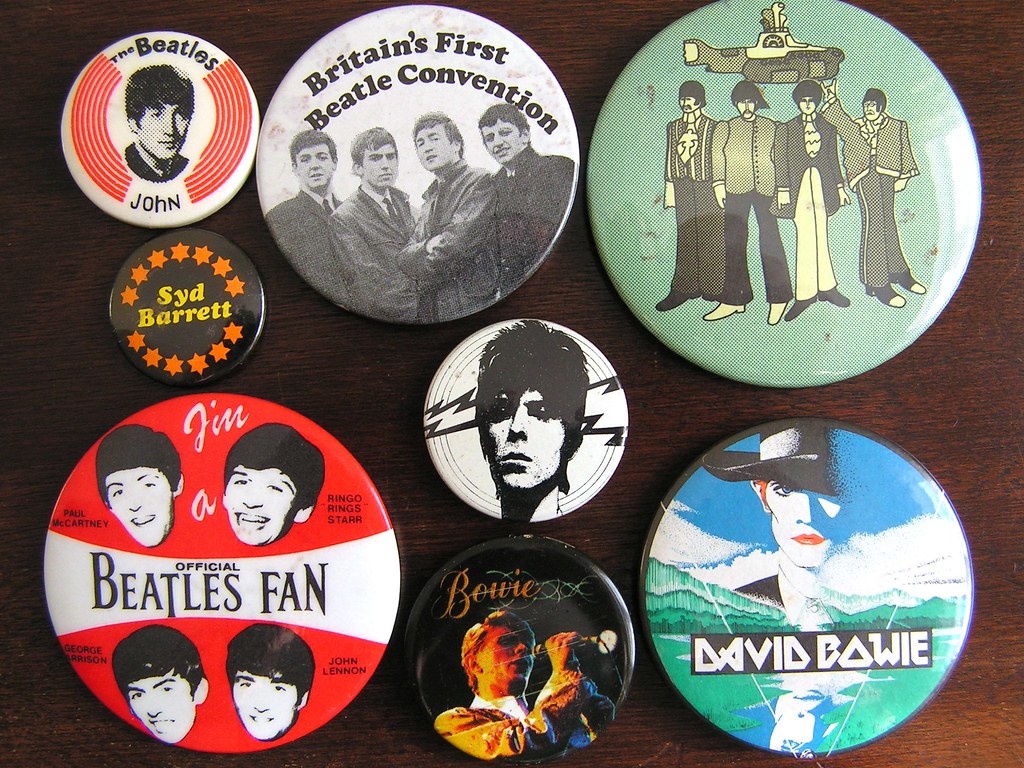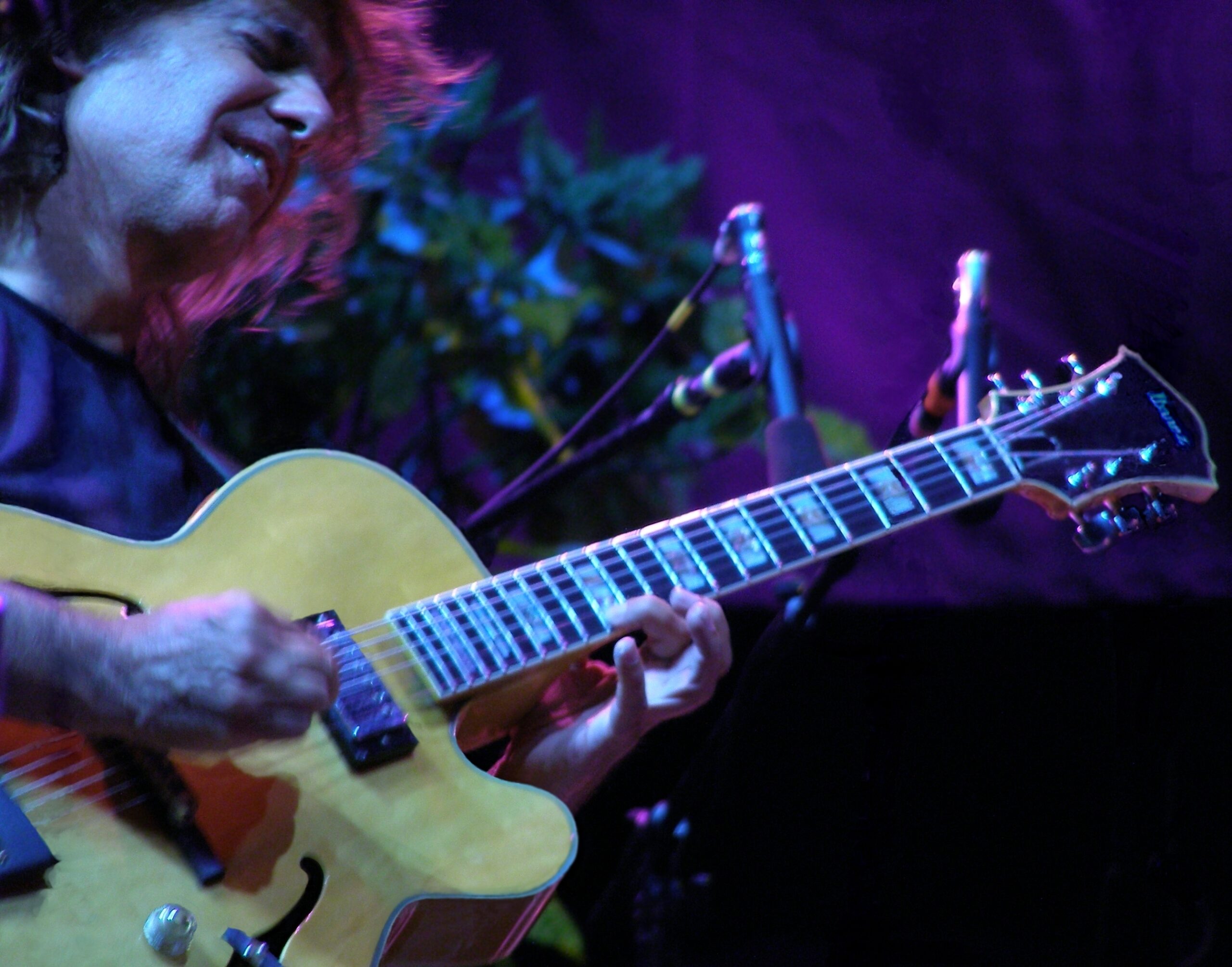Table of Contents
The guitar style of Angus Young is an electrifying guitar style the ACDC founding member has left an indelible mark on the world of rock music. From his lightning-fast solos to his gritty riffs, Young’s playing is a testament to the raw power and energy of rock ‘n’ roll. In this guitar lesson, we’ll delve into five essential licks and tricks that capture the essence of Angus Young’s iconic sound.
Each technique covered in this lesson is carefully selected to help you emulate Young’s playing style with precision and authenticity. From mastering power chords to executing expressive bends, these techniques are the building blocks of Young’s legendary sound.
Whether you’re a seasoned guitarist looking to add some Angus Young flair to your playing or a beginner eager to learn from one of rock’s greatest icons, this lesson is sure to inspire and challenge you. So grab your guitar, crank up the amp, and let’s dive into the world of Angus Young
What is the Angus Young Guitar Style?
Angus is known for his iconic guitar style that blends elements of blues, rock, and hard rock. His music can be categorized as a fusion of blues rock and hard rock, characterized by high-energy riffs, fast-paced solos, and a raw, gritty sound. Young’s playing style is heavily influenced by blues guitarists such as BB King and Albert King, as well as rock guitarists like Chuck Berry and Malcolm Young.
One of the defining features of Young’s music is his use of pentatonic scales and bluesy licks, which give his playing a distinctively blues-rock feel. He often incorporates techniques like string bending, hammer-ons, and pull-offs to add flair to his solos. Young’s music is also known for its infectious energy and catchy hooks, which have helped AC/DC become one of the most successful rock bands of all time.

Overall, Angus Young’s style can be described as a high-octane blend of blues and rock that is both technically impressive and incredibly fun to listen to. His music is a testament to the power of simplicity and groove in rock music, making him a true guitar legend in the world of rock and roll.
Does ACDC use distortion or overdrive?
AC/DC has carved its iconic niche with a distinctive sonic imprint, a hallmark forged by the marriage of distortion and overdrive effects. These sonic alchemies are pivotal in crafting the band’s gritty and formidable guitar tones, resonating with the soul of their hard rock ethos. Distortion serves as the primal force, injecting aggression and raw energy into their sound—a cornerstone of their sonic identity. Conversely, overdrive imbues warmth and lush saturation, enriching the tonal tapestry with depth and resonance. This fusion, reminiscent of the legendary Agnus Young Guitar Style, epitomizes AC/DC’s enduring legacy in rock music.
Angus Young’s style of guitar playing, in particular, is famous for his skillful use of both distortion and overdrive effects to craft his iconic guitar tones. The combination of these effects helps to achieve the raw and energetic sound that defines AC/DC’s music. Whether he’s delivering blistering solos or driving riffs, Young’s mastery of these effects contributes significantly to the band’s unmistakable sound.
By skillfully blending distortion and overdrive, AC/DC creates a sonic landscape that is both powerful and dynamic, setting them apart as one of the most influential rock bands in history.
How do you vibrato like Angus?
To vibrato like Angus Young, it’s essential to focus on technique and style. Angus Young’s vibrato is characterized by its speed, control, and expressiveness. Start by practicing vibrato on individual notes, using your wrist to create a rapid, back-and-forth motion. This quick movement is key to achieving the signature vibrato sound that Young is known for.
Additionally, pay attention to the amount of pressure you apply to the string while performing vibrato. Angus Young’s guitar style of vibrato is often intense and aggressive, so don’t be afraid to dig into the string to produce a powerful effect. Experiment with different speeds and widths of vibrato to find a style that suits your playing and emulates Angus Young’s dynamic vibrato technique.
Remember, vibrato is not just about moving the string up and down but also about adding emotion and feeling to your playing. Listen to Angus Young’s style solos to understand how he uses vibrato to inject passion and intensity into his guitar lines. By practicing regularly and focusing on precision and expression, you can develop a vibrato technique that captures the essence of Angus Young’s iconic style.
Does Angus Young play acoustic guitar?
Angus Young, known for his electrifying performances with AC/DC, primarily showcases his guitar prowess on electric guitars rather than acoustic ones. The distinctive sound and energy of his playing style are best captured through the power and intensity of electric guitars, which allow for the high-octane rock sound that defines his music. While Angus Young may occasionally incorporate acoustic elements into his music for specific songs or performances, his iconic style is synonymous with the raw power and grit of electric guitar tones.
Playing acoustic guitar requires a different approach and technique compared to electric guitar, focusing more on fingerstyle playing, chord progressions, and acoustic-specific techniques. Angus Young’s signature sound and stage presence are closely tied to his use of electric guitars, amplifiers, and effects that contribute to the aggressive rock sound that has made him a legendary figure in the world of rock music. So, while Angus Young may dabble in acoustic guitar on occasion, his true musical identity and impact stem from his electrifying performances on the electric guitar.
5 Agnus Young Guitar Style Licks & Tricks! Guitar Lesson
“5 Angus Young Style Guitar Licks & Tricks! Guitar Lesson”
To master the iconic guitar style of Angus Young, incorporating his signature licks and tricks is essential. One key element is the use of “power chords,” which are simple yet powerful chord shapes commonly found in rock music. Practice playing these chords with precision and a strong sense of rhythm to capture the essence of Angus Young’s sound.
Another essential technique is “hammer-ons and pull-offs,” which are used to create fast and fluid passages in guitar solos. By practicing these techniques, you can emulate the speed and agility of Angus Young’s playing style. Focus on executing these hammer-ons and pull-offs cleanly and accurately to achieve a seamless sound.
Additionally, mastering the “pentatonic scale” is crucial for playing in the style of Angus Young. This scale is a cornerstone of rock guitar playing and is heavily utilized in creating melodic and expressive solos. Practice improvising within the pentatonic scale to develop your unique voice while staying true to Angus Young’s musical legacy.
By incorporating these essential licks and tricks into your practice routine, you can begin to unlock the secrets of Angus Young’s electrifying guitar style and take your playing to the next level.
More Tips on Playing 5 Angus Young Style Guitar
Building on the foundation of the 5 Angus Young style guitar licks and tricks, there are additional tips to enhance your playing and capture the essence of Angus Young’s iconic sound. One key aspect to focus on is mastering the art of “bending” notes. Angus Young is known for his expressive bends that add emotion and character to his playing. Practice bending notes accurately and with control to achieve that signature sound.
Another important tip is to experiment with the “palm muting” technique. This technique involves lightly resting the side of your picking hand on the strings near the bridge to create a muted, percussive effect. It is a common technique used in rock music, including Angus Young’s style, to add dynamics and rhythmic interest to your playing.
Additionally, pay attention to your “pick attack” and dynamics. Angus Young’s playing is characterized by his aggressive pick attack and dynamic range. Practice varying your pick attack to achieve a similar level of intensity and energy in your playing.
By incorporating these tips into your practice routine, you can further refine your skills and capture the essence of Angus Young’s distinctive guitar style.








